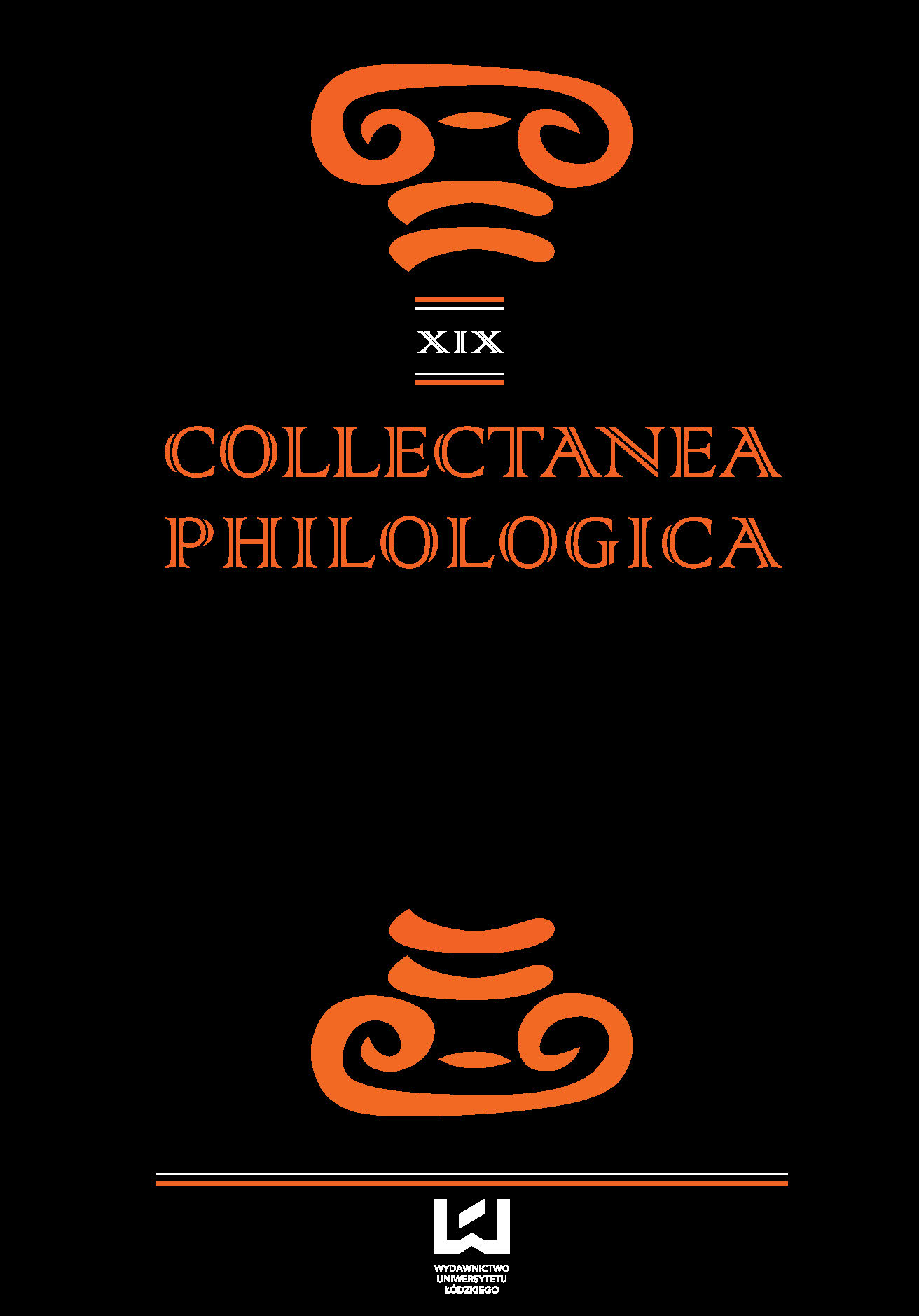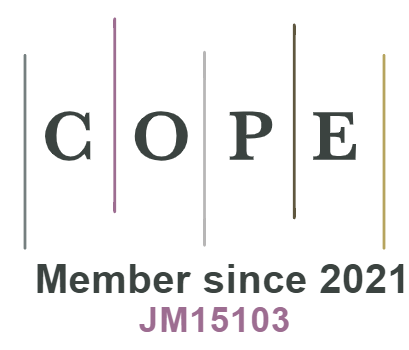God’s Consolations in Tests of Ministry Exempla in 2 Cor. 1, 3–11
DOI:
https://doi.org/10.18778/1733-0319.19.03Keywords:
consolation, affliction, tribulation, ministry, testsAbstract
In the following article we have tried to analyze the consolation of God in the Pauline ministry tests. The reason that prompted me to address the topic of consolation of God, finds its explanation in the fact that too often we focus on the sufferings of this time without cast an eye over a horizon of hope. The works we have examined could be a source of consolation for the man who is living moments of trial. It is processed in the following way: First of all, it has made an etymological study of two terms: affliction and consolation, trying to see the various facets of Jewish antiquity, and in the texts of Sacred Scripture, even with short references to classical Greek. Later it saw the word in the Old and New Testament. Then, after a brief summary of the Second Epistle to the Corinthians, it analyzed the passage 2 Cor. 1.3 to 11, which has been the subject of study and then move on to some issues, deepen through study of some authors who have addressed the issue. Particular attention was given to the sufferings of Christ that Paul experienced in his apostolate and their saving power for the believer.
References
Aletti, J. N. (2011). Lettera ai Colossesi. Introduzione, versione, commento. Bologna: EDB.
Google Scholar
Allo, E.B. (1956). Saint Paul Seconde Épître aux Corinthiens. Paris: Etudes Bibliques.
Google Scholar
Barbaglio, G. (1980). Le lettere di Paolo, 1. Roma: Borla.
Google Scholar
Bieder, W. (2004). ϑλῖψις. In H. Balz, G. Schneider (eds.). Dizionario esegetico del Nuovo Testamento. Brescia: Paideia, (= seconda edizione tedesca 1992), 1644-1649.
Google Scholar
Fabris, R. (2003). Lettere di Paolo. Vicenza: ISG edizioni.
Google Scholar
Fabris, R. (2009). Paolo l’apostolo delle genti. Milano: Paoline.
Google Scholar
Girlanda, A. (2006). Nuovo Testamento. Balsamo: San Paolo Cinisello.
Google Scholar
Helewa, G. (1993). «Un ministero paolino: consolare gli afflitti». Teresianum 44 (1993). 3.
Google Scholar
Lang, F. (2004). Lettere ai Corinti. Brescia: Paideia.
Google Scholar
Lorusso, G. (2001). Il ministero Pasquale di Paolo in 2 Cor 1-7, le implicazioni del soffrire e gioire per il Vangelo. Roma: Vivere in.
Google Scholar
Lorusso, G. (2007). La seconda Lettera ai Corinzi introduzione versione e commento. Bologna: EDB.
Google Scholar
Manes, R. (2011). Lettera a Tito e a Filemone. San Paolo: Cinisello Balsamo.
Google Scholar
Manicardi, L. (2006). L’umano soffrire. Qiqajon: Comunità di Bose.
Google Scholar
Manzi, F. (2002a). «Il Padre della consolazione (2 Cor 1,1-11)». Parole di Vita 5 (2002), 10-20.
Google Scholar
Manzi, F. (2002b). Seconda lettera ai Corinzi, nuova versione introduzione e commento. Milano: Paoline.
Google Scholar
Marconcini, B. (2007). Profeti e apocalittici. Torino: Elle di ci.
Google Scholar
Murphy O’Connor, J. (1993). La teologia della Seconda Lettera ai Corinti. Brescia: Paideia.
Google Scholar
Murphy O’Connor, J. (2007). Paolo, Un uomo inquieto, un apostolo insuperabile. San Paolo: Cinisello Balsamo.
Google Scholar
Murphy O’Connor, J., Vita di Paolo. (1997). Brescia: Paideia.
Google Scholar
Novum Testamentum Graece, (2012). E. Nestle et K. Aland (eds.). Stuttgart: Deutsche Bibelgesellschaft.
Google Scholar
Pitta, A. (2006). La seconda lettera ai Corinzi. Roma: Borla.
Google Scholar
Rendall, G.H. (1909). The Epistles of St. Paul to the Corinthians. London: Macmilian.
Google Scholar
Rossano, P. (2008). Lettere di S. Paolo. S. Paolo: Cinisello Balsamo.
Google Scholar
Schlier, E. (1968). ϑλῖψις. In Grande Lessico del Nuovo Testamento IV. Brescia: Paideia.
Google Scholar
Schmitz, O. (1974). παρακαλέω, παράκλησις. In Grande Lessico del Nuovo Testamento IX. Brescia: Paideia.
Google Scholar
Thrall, M.E. (2007). 2 Corinti, 1. Brescia: Paideia.
Google Scholar
Downloads
Published
How to Cite
Issue
Section
License
Copyright (c) 2016 © Copyright by Authors, Łódź 2016; © Copyright for this edition by Uniwersytet Łódzki, Łódź 2016

This work is licensed under a Creative Commons Attribution-NonCommercial-NoDerivatives 4.0 International License.












